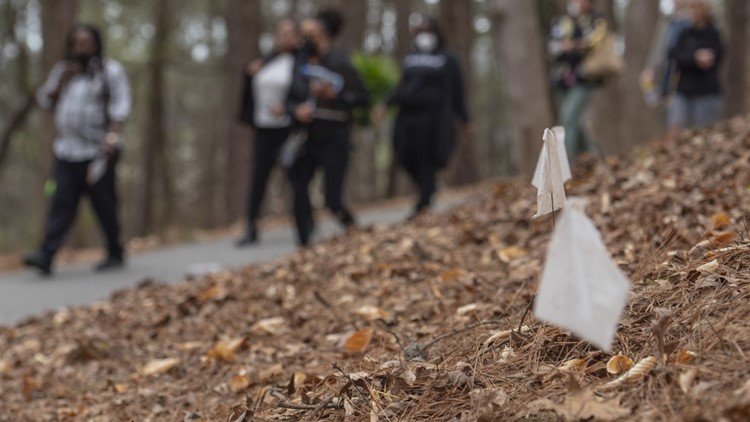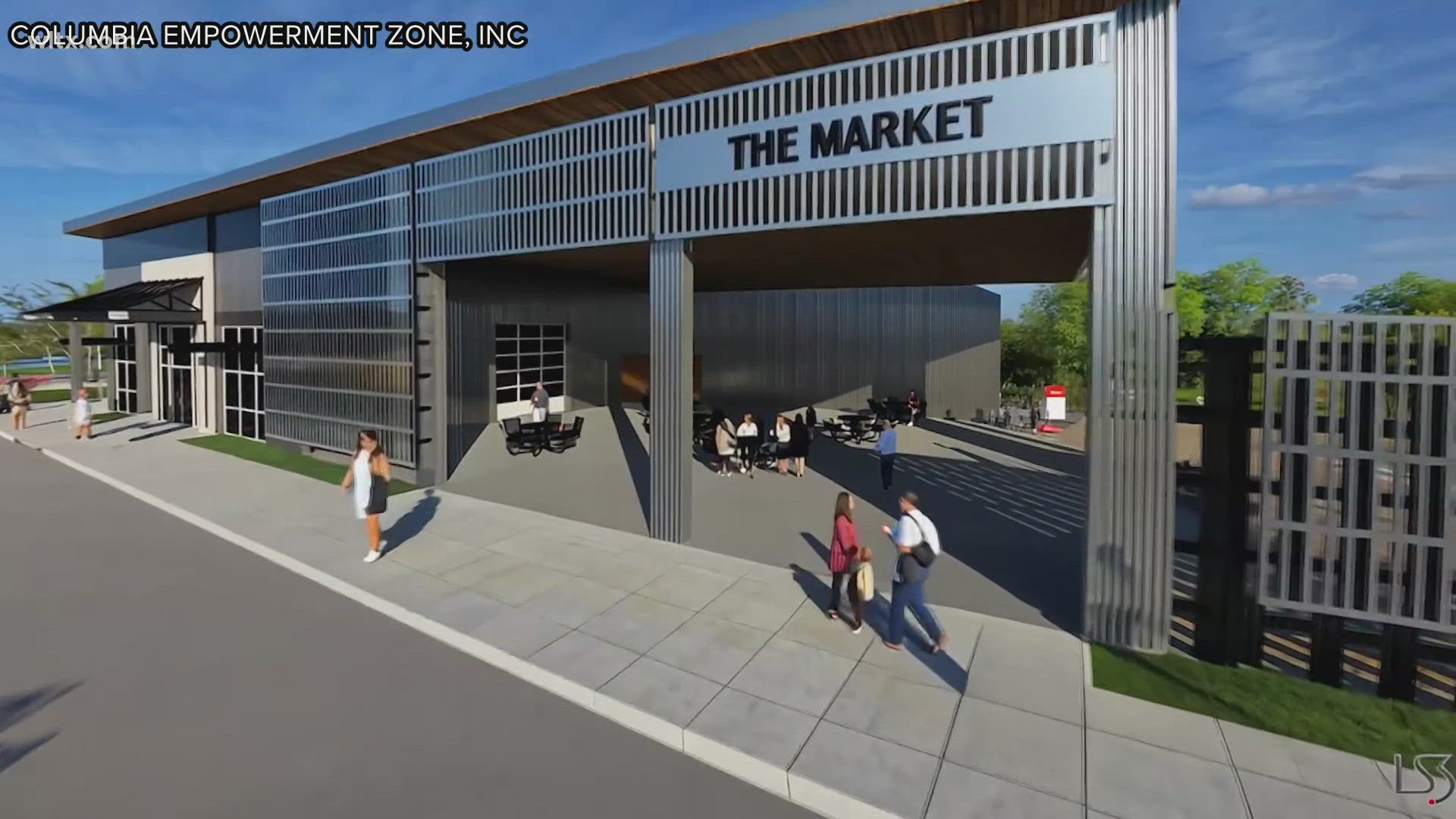CLEMSON, S.C. — A $3,445,000 grant from the Mellon Foundation’s Monuments Project has been awarded to Clemson University to support the creation of a Black Heritage Trail on campus and in the cities of Seneca and Clemson.
The Black Heritage Trail will feature walking trails that connect heritage sites with interactive signs, artwork and digital content that share the stories of local Black history and South Carolina historical markers at significant historic sites.
“There is a rich history of African American life in Upstate South Carolina that has been overlooked and is relatively unknown outside of the area and even by many who live in the region,” said Rhondda Thomas, Calhoun Lemon Professor of Literature at Clemson.
The project will be led by representatives from each of the three trail locations, and it will include community engagement and collaboration both across campus and in local communities.
On the University campus, Thomas will lead the effort. Thomas is the faculty director of the Call My Name research project, which for more than 15 years has researched and shared the stories of Black people throughout Clemson University history through books, tours, exhibits and more.
The University portion of the trail will weave through the Woodland Cemetery and African American Burial Ground. Woodland Cemetery predated the University as Cemetery Hill, first established by the John C. Calhoun family, on whose plantation the campus was built. For nearly two centuries, the cemetery has been an active burial site for members of the Calhoun family and for workers and employees—Black and white, enslaved and free—for the Fort Hill Plantation and later Clemson University.
The Black Heritage Trail project grew out of Thomas’s work as coordinator of research and community engagement for the cemetery project when the Clemson University Trustee David Dukes, chair of the Legacy Council, requested that she seek innovative opportunities for collaborative partnerships between the University and local communities.
“We are grateful for the Mellon Foundation’s support of this extraordinary project,” said Clemson University President Jim Clements. “The preservation and expression of Clemson’s story, including our history and connection to the surrounding communities, is key to honoring those who helped to create and support this university. We are appreciative of Dr. Thomas for leading this project alongside our partners in Clemson and Seneca.”
In 2020-2022, hundreds of unmarked graves were recovered using ground penetrating radar after Clemson students Morgan Molosso and Sarah Adams requested a memorial for a neglected burial ground then known as the Fort Hill Slave and Convict Cemetery. Many of the graves are believed to belong to African American enslaved persons, sharecroppers, domestic workers, tenant farmers, convicted laborers, wage workers and their families.

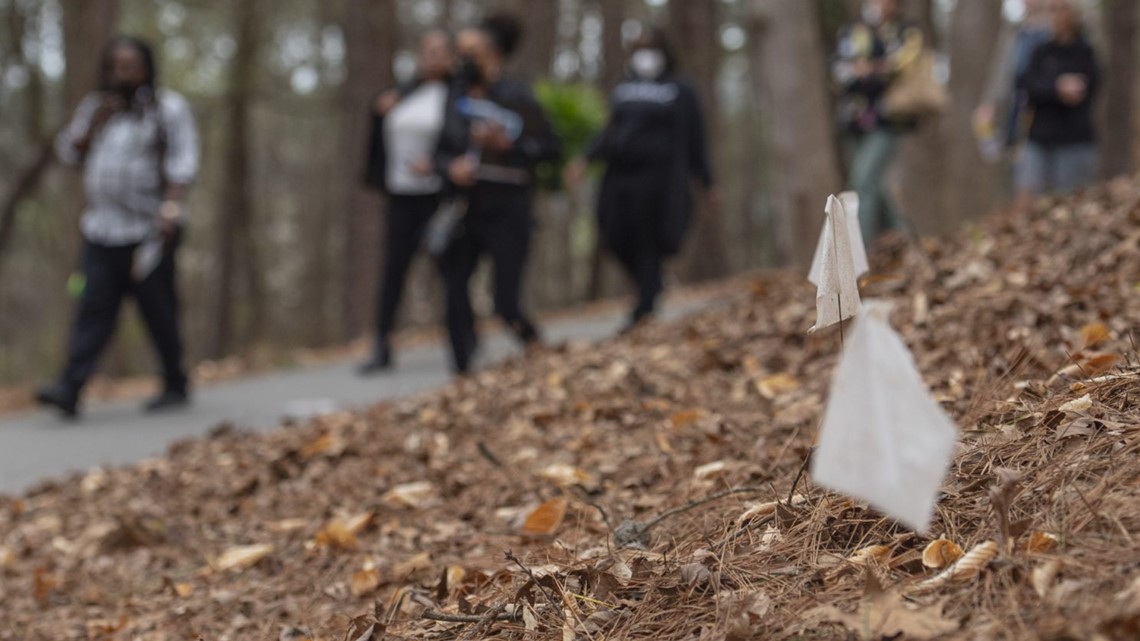
“The trail will make this history visible and accessible to those who come to Clemson, reinscribing it on the University’s landscape and affirming Clemson’s indebtedness to Black people, particularly laborers, for its existence, development, and success and its commitment to share its complete history,” Thomas said.
In Seneca, the effort will be led by Shelby Henderson, the city’s executive director of arts, history and culture. Henderson is the founding director of the Bertha Lee Strickland Cultural Museum and is a member of the SC African American Heritage Commission.
“The Heritage Trail will be an extension of Seneca’s commitment to preserve, interpret, and share a composite local history and its relation to the broader national narrative,” Henderson said.
The Seneca portion of the trail will be developed in one of the city’s historically Black neighborhoods near the Blue Ridge Community Center. The community center is located in the former Blue Ridge High School, which served African American students in Oconee Countyprior to desegregation and is on the National Register of Historic Places. The trail is expected to connect the Community Center with Blue Ridge Field, a city park across the street which was the former site of the high school football field.

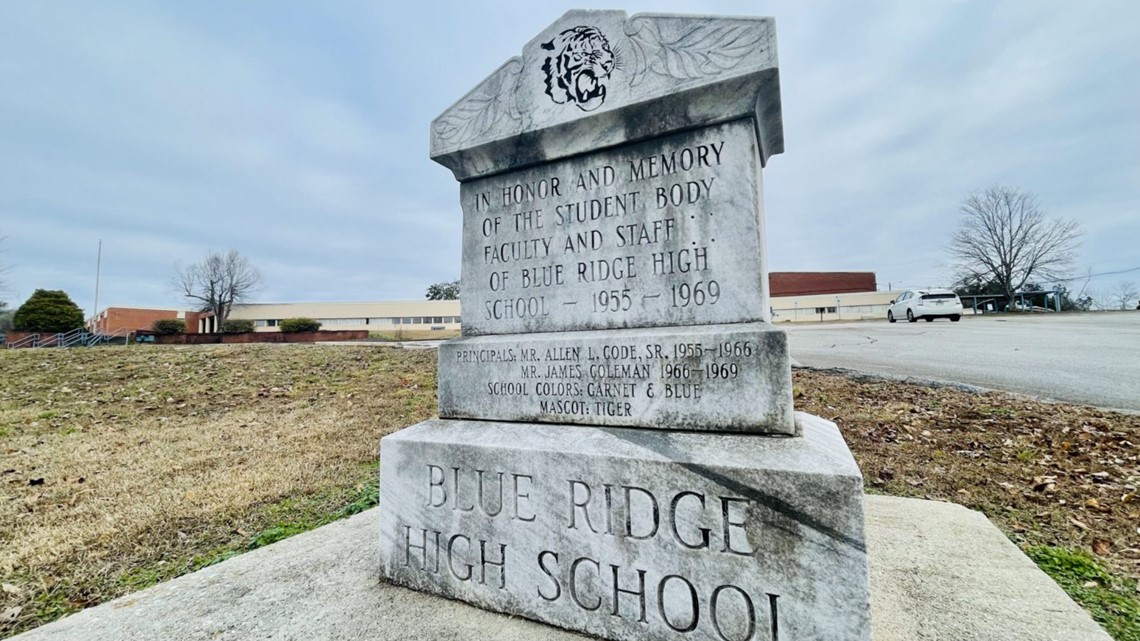
“The trail will inspire future investment in and renewal of public spaces that support a more equitable and resilient quality of life for local underserved communities,” Henderson noted. “Moreover, the Trail will perpetuate a sense of place for a vanishing local history.”
In the City of Clemson, the project will be led by Angela Agard, executive director of the Clemson Area African American Museum. The museum was founded in 2007 in what was once the Calhoun Colored School. Agard joined the museum in 2019 when it was adopted as a department by the city.
“The presence of the trail will assist the museum in fulfilling its mission to tell a complete story of African Americans in and around the Clemson community,” Agard said.
The Clemson portion of the trail is in the conceptual phase, but the initial vision is to connect the Clemson Area African American Museum to other city-owned lands that are significant to African American history.
“The trail will provide an opportunity for the neighboring communities to collaborate in efforts to forge paths of connection both literally and figuratively,” Agard explained. “It will become not only a recreational, public health and economic development resource but also solidify a culturally significant legacy that will impact community members and visitors for generations.”

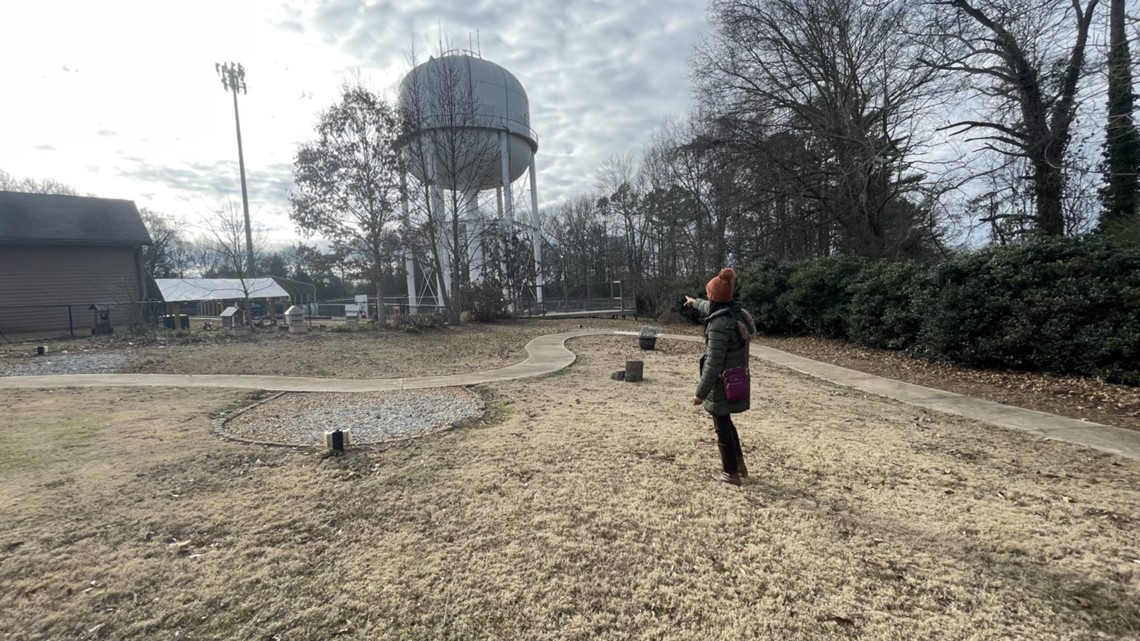
Agard, Henderson and Thomas are members of the Call My Name Coalition, a partnership of local organizations that grew out of their mutual interest in documenting the African American experience in the counties of Anderson, Oconee and Pickens.
The grant project also capitalizes on the unique interdisciplinarity of Clemson’s College of Architecture, Arts and Humanities. Thomas, from the Department of English, will collaborate with the School of Architecture’s Community Research + Design Center (CR+DC) under the direction of Professor Dan Harding for community stakeholder input and design solutions.
“This project can become the gold standard for the rewards of truly interdisciplinary work,” said Nicholas Vazsonyi, dean of the College of Architecture, Arts and Humanities. “It requires myriad disciplines and sets of expertise to make this overdue and vitally necessary project a reality, but when we can work together and share our knowledge, great things happen.”
The project relies on additional collaborators across campus. Assistant Professor Aby Lat Soukabe Sene Harper of the Parks, Recreation and Tourism Management faculty will advise the team in the development, delivery and assessment of interpretive products. Also, Carl Redd, archive specialist in Clemson Libraries’ Special Collections and Archives, will assist as an archival consultant, identifying historical materials to support the development of signage and selection of sites for the South Carolina historical markers.

